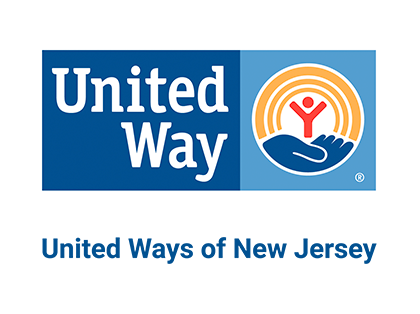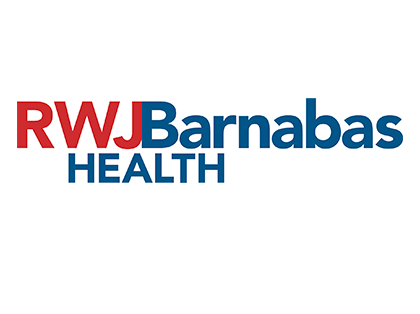Research Center • New Jersey
We all know people who are ALICE: Asset Limited, Income Constrained, Employed — earning more than the Federal Poverty Level, but not enough to afford the basics where they live.
ALICE households and households in poverty are forced to make tough choices, such as deciding between quality child care or paying the rent — choices that have long-term consequences not only for their families, but for all.
See the sponsors who make this work possible.
New Jersey
Indicators of Well-Being
Having a low income is often associated with lower levels of education, higher rates of unemployment, and poorer health. Communities that have been able to disrupt these associations can provide important insights into how to change environments or policies to support ALICE households. Tracking relationships between ALICE households and other variables at state and county levels can also help stakeholders ask important questions and target resources where they can have the greatest impact.
Learn More
To learn more about adding additional indicators, contact info@UnitedForALICE.org
The maps below show the percentage of households below the ALICE Threshold (poverty + ALICE) — households that cannot afford the basics in the communities where they live— along with additional indicators of well-being.
State Sponsors



